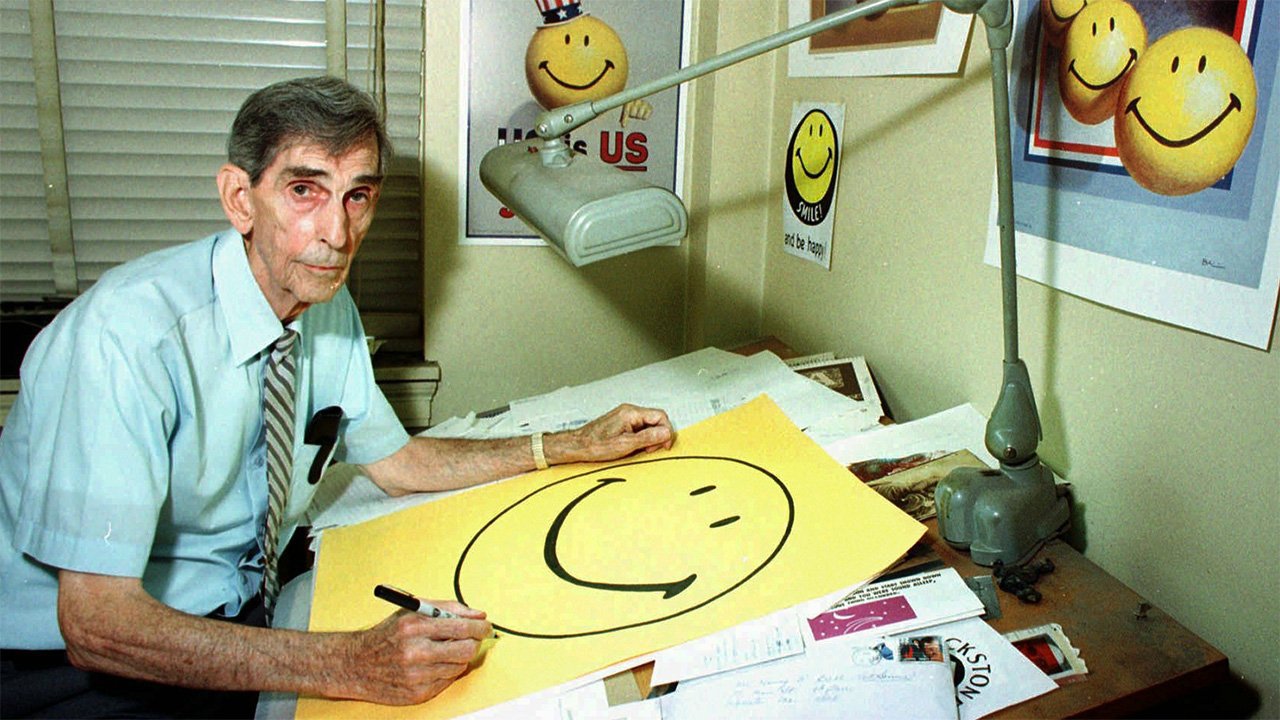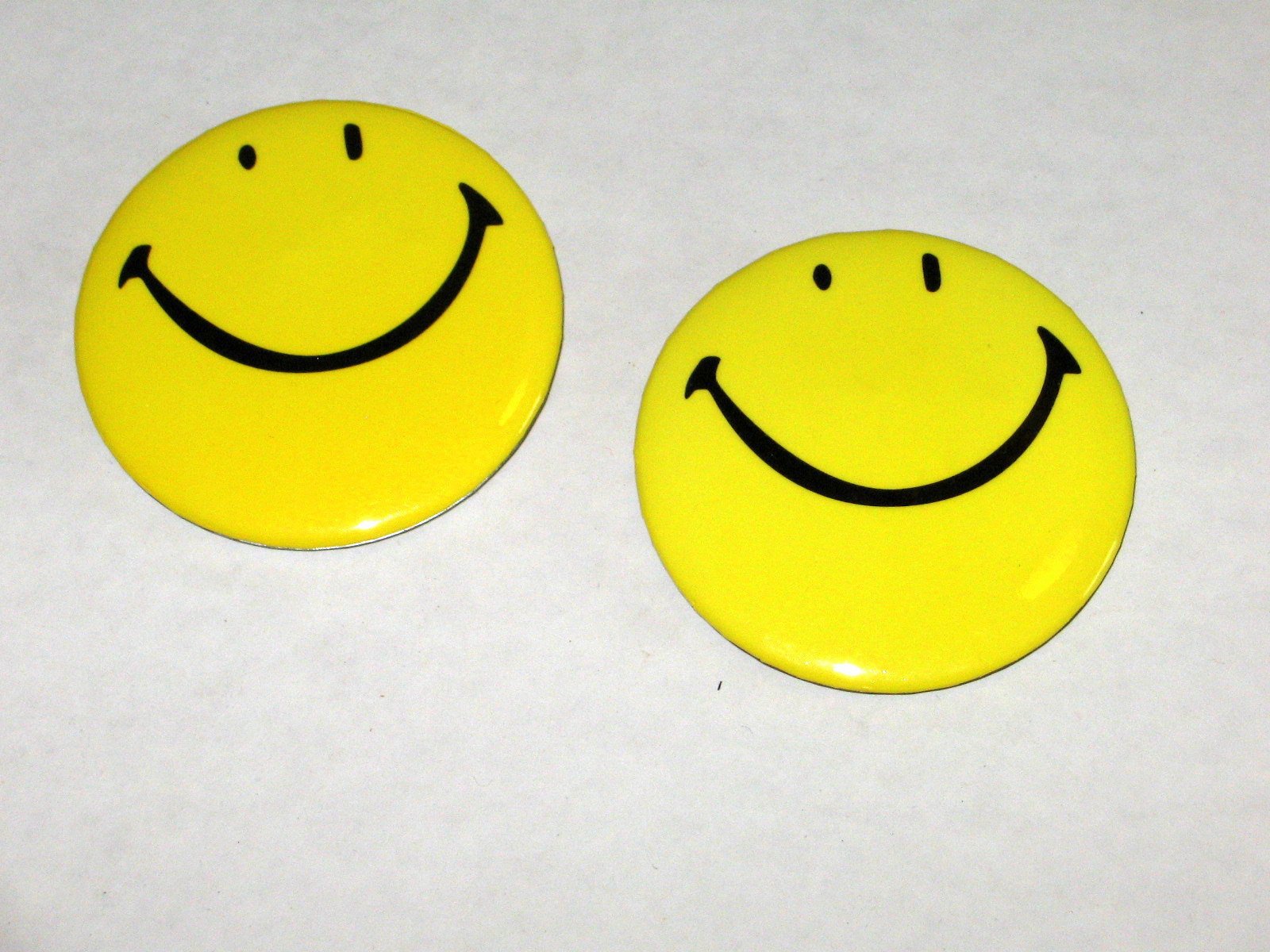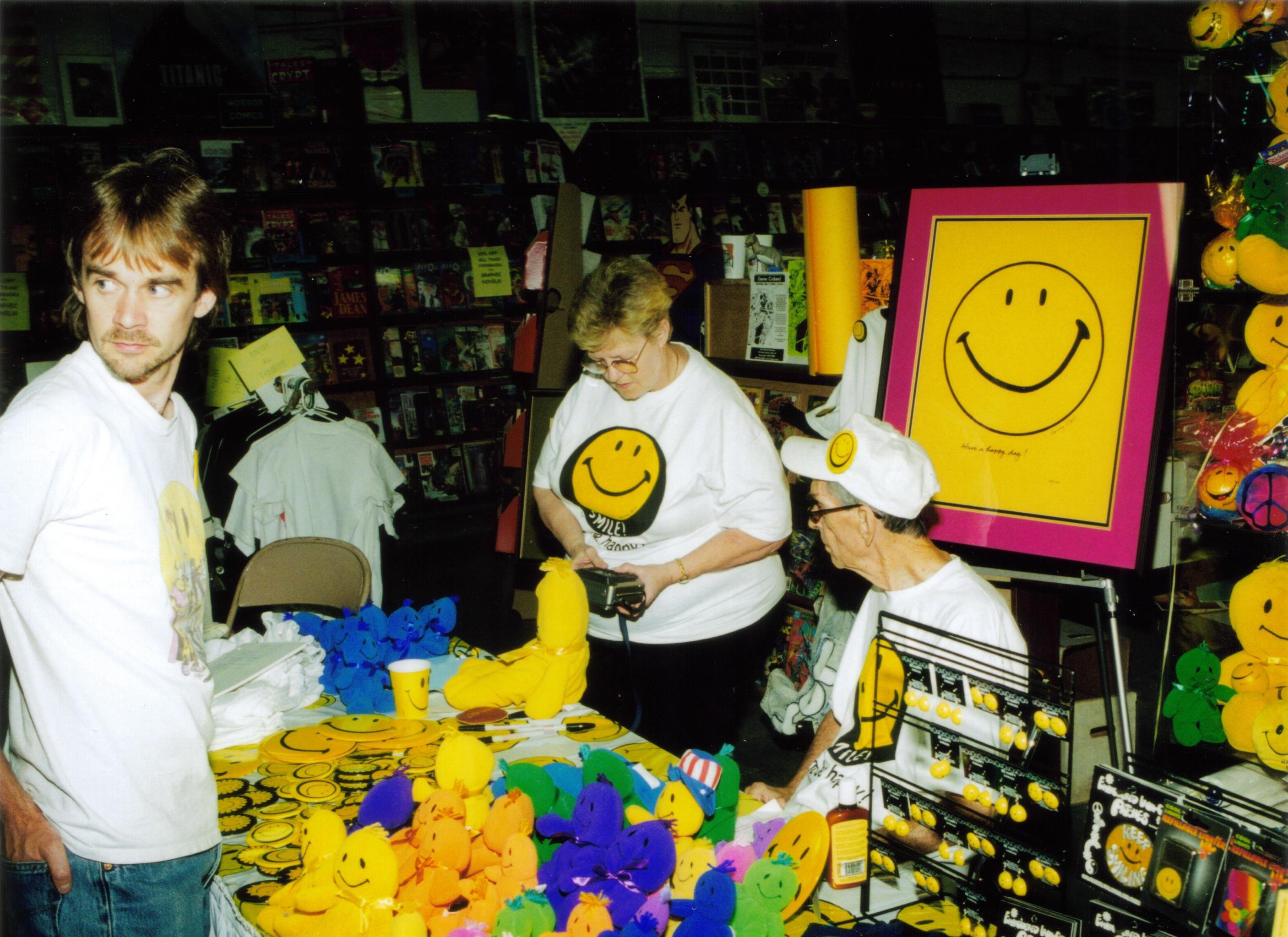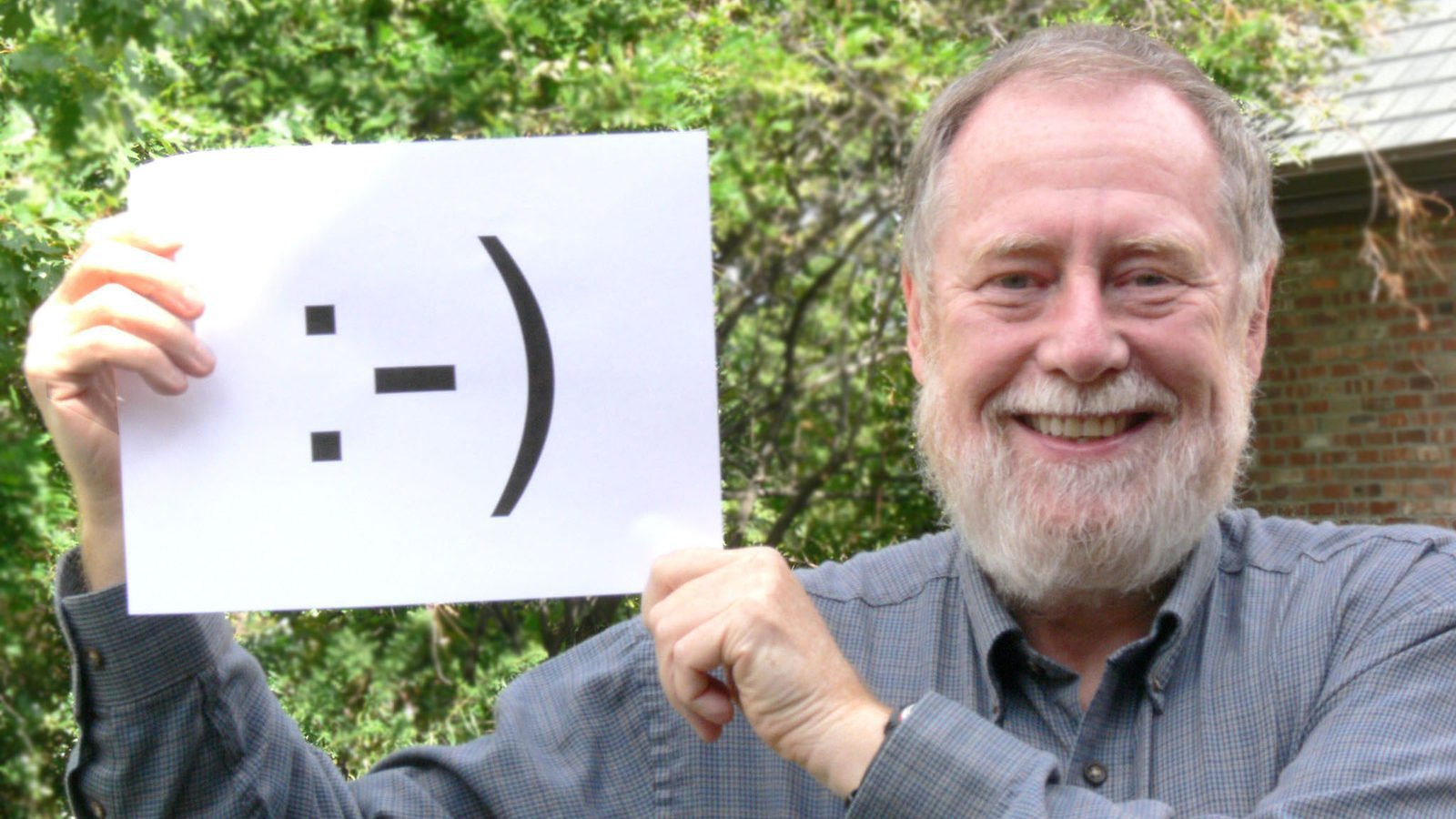Probably the most accessible manner of emoting over text messages and the most generic symbol identified with a good time, the smiley face has become a part of us but we probably never thought much about it. Well, there’s history behind the symbol, and interestingly so.
The first Smiley appeared back in 1919.
Receipts issued by the Buffalo Steam Roller Company in Buffalo, New York, included the first known commercial use of the smiley face with the words ‘Thanks’ written above it back in 1919. This version was a bit more defined, including features like the eyebrows, the nose, teeth, chin, facial creases and shading.
The more modern and popular smiley face was invented in 1963.
The then State Mutual Life Assurance Company of Worcester, Massachusetts, had recently merged with the Guarantee Mutual Company of Ohio which ended up in low company employee morale. So, in order to boost the morale, the company hired designer Harvey Ross Ball to design something for the same.

Ball designed the smiley in under 10 minutes.
Ball ended up creating the first smiley face which had one eye slightly larger than the other and the smile slightly asymmetric. The executives paid him the equivalent of a little over ₹23,000 for his design which soon became the most famous design in the world. Ball also never trademarked the design.

The smiley face was first trademarked in 1972.
Franklin Loufrani became the first person to legally trademark the smiley face using it to highlight the good news parts of the newspaper France Soir. He coined the design “Smiley” and also founded the Smiley Company.

The first Internet use of the smiley was on September 19, 1982.
The first known mention of the smiley on the Internet was by Scott Fahlman from Carnegie Mellon University when he wrote: “I propose that [sic] the following character sequence for joke markers: 🙂 . Read it sideways. Actually, it is probably more economical to mark things that are NOT jokes, given current trends. For this, use: :-(.”


















